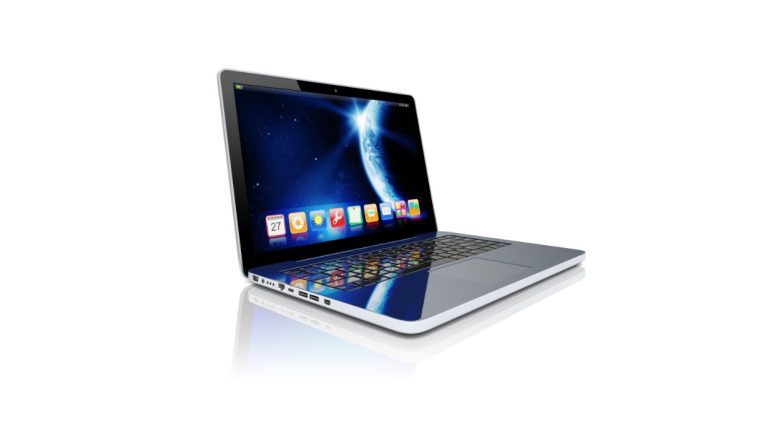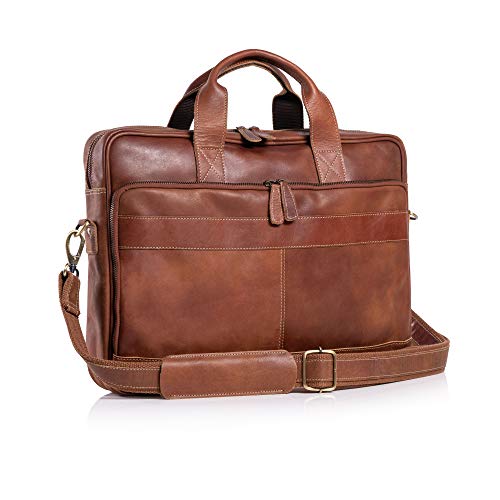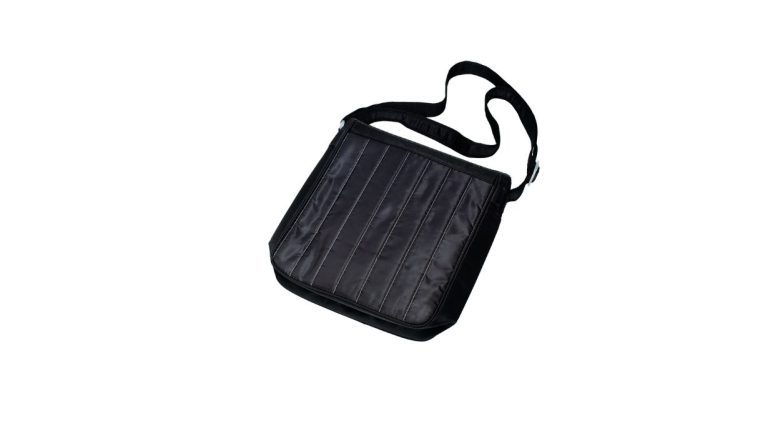How are Laptops Measured for Bags?
Laptops are measured for bags by their screen size, typically in inches. The width and depth of the laptop are also considered to ensure a snug fit.
Choosing the right laptop bag is crucial not only for the safety of your device but also for convenience and ease of travel. Laptop dimensions play an essential role in finding the perfect bag, as a mismatch can lead to potential damage or cumbersome portability.
This brief introduction will guide you through the importance of measuring your laptop accurately before purchasing a bag. We’ll discuss how to identify the appropriate size and the factors you should consider beyond just the screen measurement. Understanding these simple guidelines will help protect your investment and make your mobility with technology as seamless as possible.
Sizing Up The Situation
To ensure your laptop fits perfectly into a new bag, measuring its dimensions is crucial. Grab a tape measure and jot down the laptop’s length, width, and height. For accuracy, keep the laptop closed while measuring.
Typically, laptops range from 11 to 17 inches, diagonally across the screen. This diagonal measurement is the standard laptop size. Choosing a bag requires matching or exceeding these dimensions. Here’s a handy reference:
| Laptop Size (inches) | Bag Dimensions (inches) |
|---|---|
| 11 – 12 | 13 x 9.5 |
| 13 – 14 | 15 x 10.5 |
| 15 – 16 | 16.5 x 11.5 |
| 17 | 18.5 x 13.5 |
Match these numbers with potential bags, allowing a little extra space for snug, safe fit. Avoid tight fits as they risk damage to your laptop.
Laptop Measurement Basics
To measure a laptop for a bag, you’ll need three main dimensions. Width, height, and thickness are crucial. Grab a tape measure. Your laptop’s width is its side-to-side measurement. Turn your laptop to its side. This tall side is the height. Last, close your laptop. Measure front to back for thickness. Now, match these numbers with a bag size. Ensure a snug, protected fit. Check your bag’s size guide online. Most will list maximum laptop sizes. A good bag holds your laptop close. No shaking inside. Padding helps too. Perfect fit means easy carry and no damage.
Types Of Laptop Bags
Different factors determine laptop bag measurements. A suitable bag comfortably fits the device. Measurement specifics vary among backpacks, messenger bags, and sleeves. Backpacks offer room for accessories and are ideal for travel and students. Messenger bags provide easy access and are perfect for professionals on the go. Sleeves, being slim, protect laptops within another bag.
Customizable laptop bags cater to unique needs. Some have adjustable compartments. Specialty bags boast features like improved shock absorption or water resistance. Users pick based on lifestyle, laptop size, and needed protection.
Material And Protection Levels
The material used in a laptop bag greatly affects its size. Thick, padded materials increase a bag’s dimensions. They provide better protection for your laptop against drops and bumps. Yet, they require more space.
Finding the ideal balance between compact size and adequate protection is key. A bag made with high-density foam can be smaller. It still shields the laptop well. Designers work hard to create bags that meet these needs.
Users should look for a mix of lightweight fabric and protective padding. This combination ensures that the bag is easy to carry. It must also keep the laptop safe. Durable materials like nylon offer longevity. They need less padding.
Practical Tips For Bag Shopping
Measuring your laptop is key before shopping for a bag. Use a measuring tape to find the size. Write down the width, height, and depth of your laptop. This ensures a perfect fit in your new bag.
Bring your laptop to the store to try bags. A hands-on test confirms that your laptop fits snugly. Check for any extra space as this can mean your laptop might slide around. Look for bags with a padded compartment for extra protection.
Future Of Laptop Portability
The future of laptop portability focuses on innovative bag designs. Emerging trends reveal that convenience and flexibility are top priorities. Designers are creating adjustable bags to fit various devices. These bags cater to users who carry multiple gadgets. Features include modular compartments and expandable pockets. This allows for easy customization to personal needs. Users appreciate the ability to resize sections on the go. These bags represent a move towards smarter, more adaptable carrying solutions. The emphasis is on protecting tech gear while enhancing mobility for modern lifestyles.
Frequently Asked Questions On How Are Laptops Measured For Bags
Will A 15.6 Inch Laptop Fit In A 15-inch Backpack?
A 15. 6 inch laptop may not fit comfortably in a 15-inch backpack, as the backpack’s size is designed for 15-inch laptops or smaller. It’s best to check the backpack’s exact dimensions to ensure compatibility.
How Are Laptops Measured For Backpacks?
Laptops are measured by their screen size diagonally for backpack compatibility. Consider the device’s dimensions to ensure a snug, secure fit.
Can A 14 Inch Laptop Fit In A 13 Inch Bag?
Generally, a 14 inch laptop will not fit into a 13 inch bag due to size constraints. It’s best to choose a bag that matches or exceeds your laptop’s dimensions for a proper fit.
What Size Laptop Bag Should I Get?
Choose a laptop bag that’s slightly larger than your laptop’s dimensions for a snug, secure fit. Typically, a 13-inch laptop requires a 14-inch bag, a 15-inch needs a 16-inch bag, and a 17-inch laptop should fit in an 18-inch bag.
Final Words on How are Laptops Measured for Bags
Selecting the right laptop bag hinges on understanding laptop measurements. Safeguard your device by noting the screen size and width accurately. Embrace the perfect fit; let your tech travel in style and security. With this knowledge in hand, you’re now equipped to make an informed choice for your laptop’s next mobile haven.
Happy travels with your tech companion!

Hi I am Fahad, the mastermind behind the bag revolution. Join me on a journey where style meets sustainability and discover a world of extraordinary bags.










One Comment